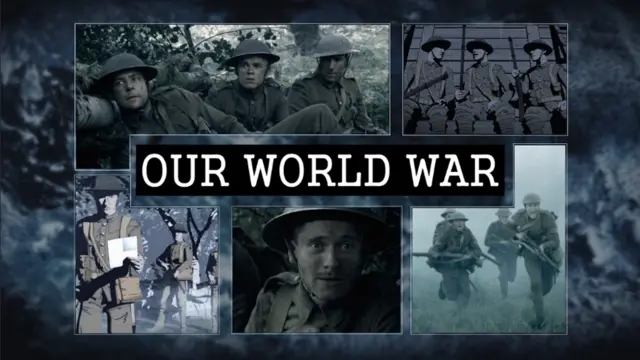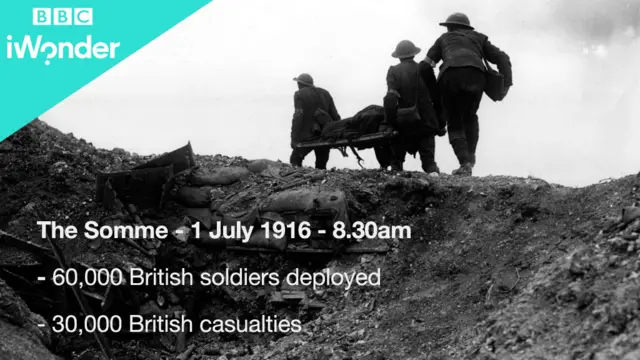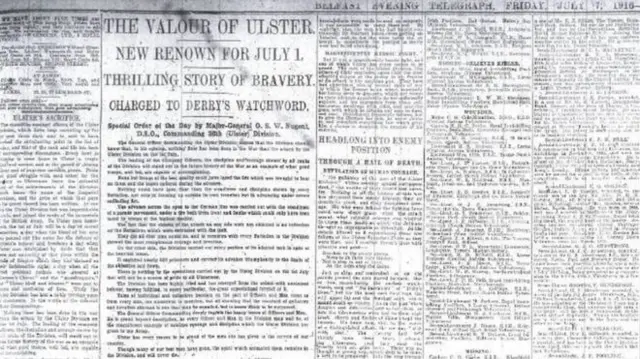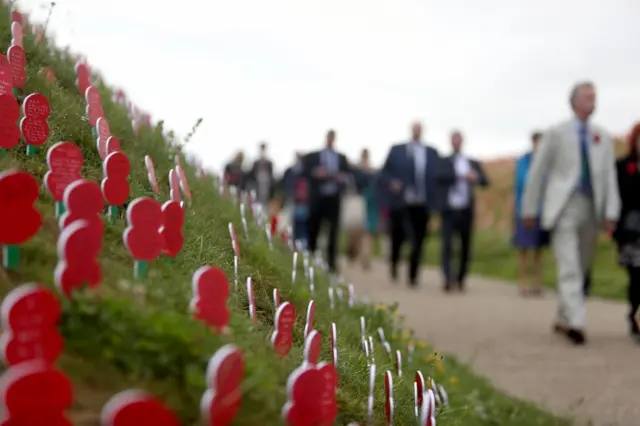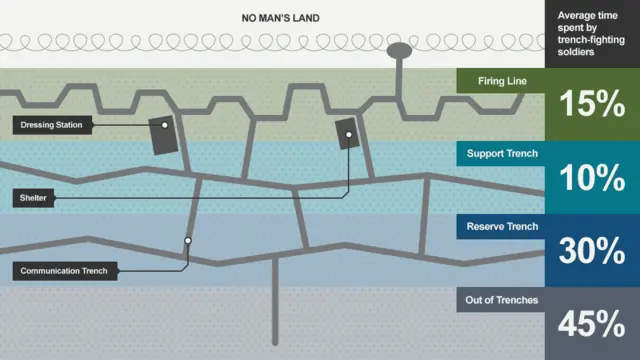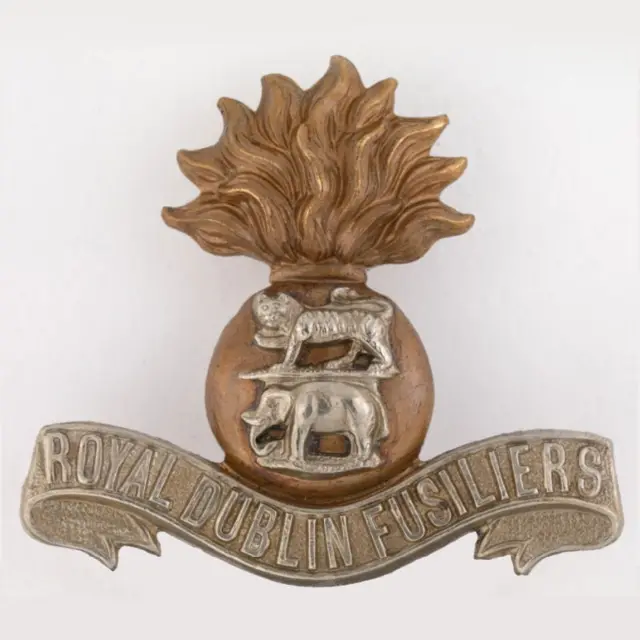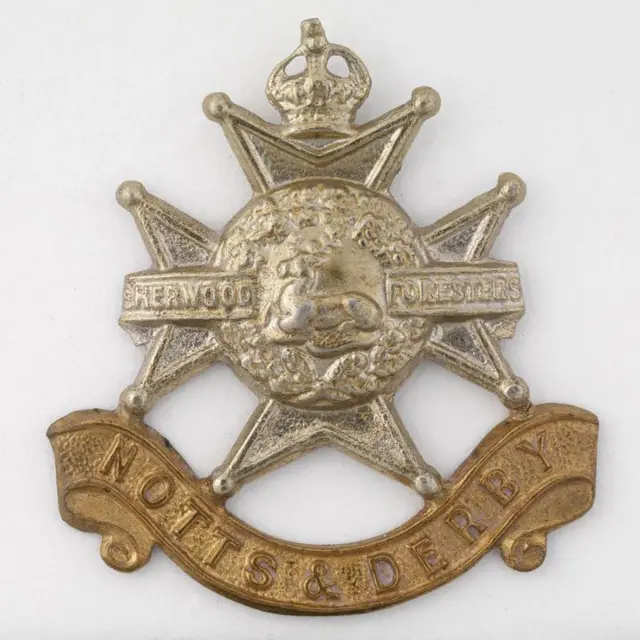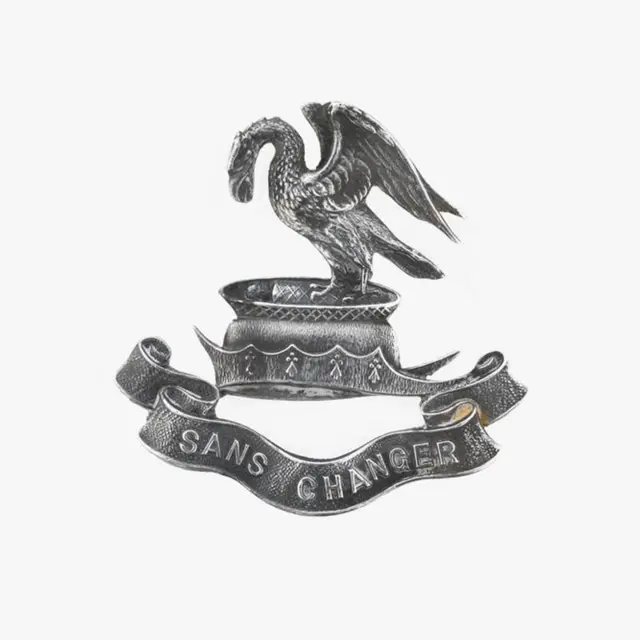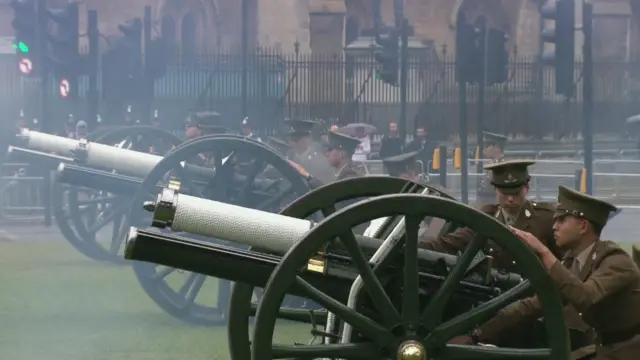See the Battle of the Somme filmpublished at 09:04 BST 1 July 2016
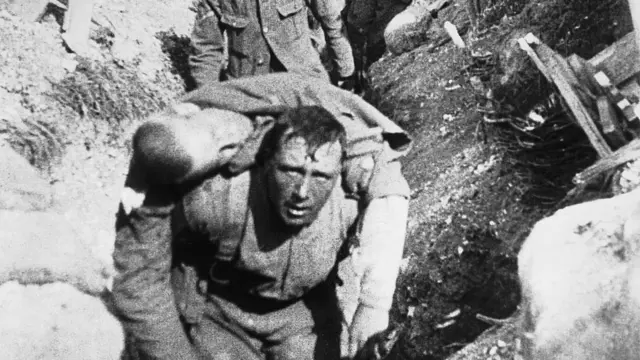 Image source, Getty Images
Image source, Getty ImagesScene from the Battle of the Somme film
On the One Show last night, you may have caught a snippet of the orchestral soundtrack for the Battle of the Somme film which was released in 1916 and watched by nearly half the population of Britain at the time.
Now you can see the whole film, which includes footage from the front lines of the Somme, accompanied by Laura Rossi’s acclaimed score commissioned by the Imperial War Museum.

